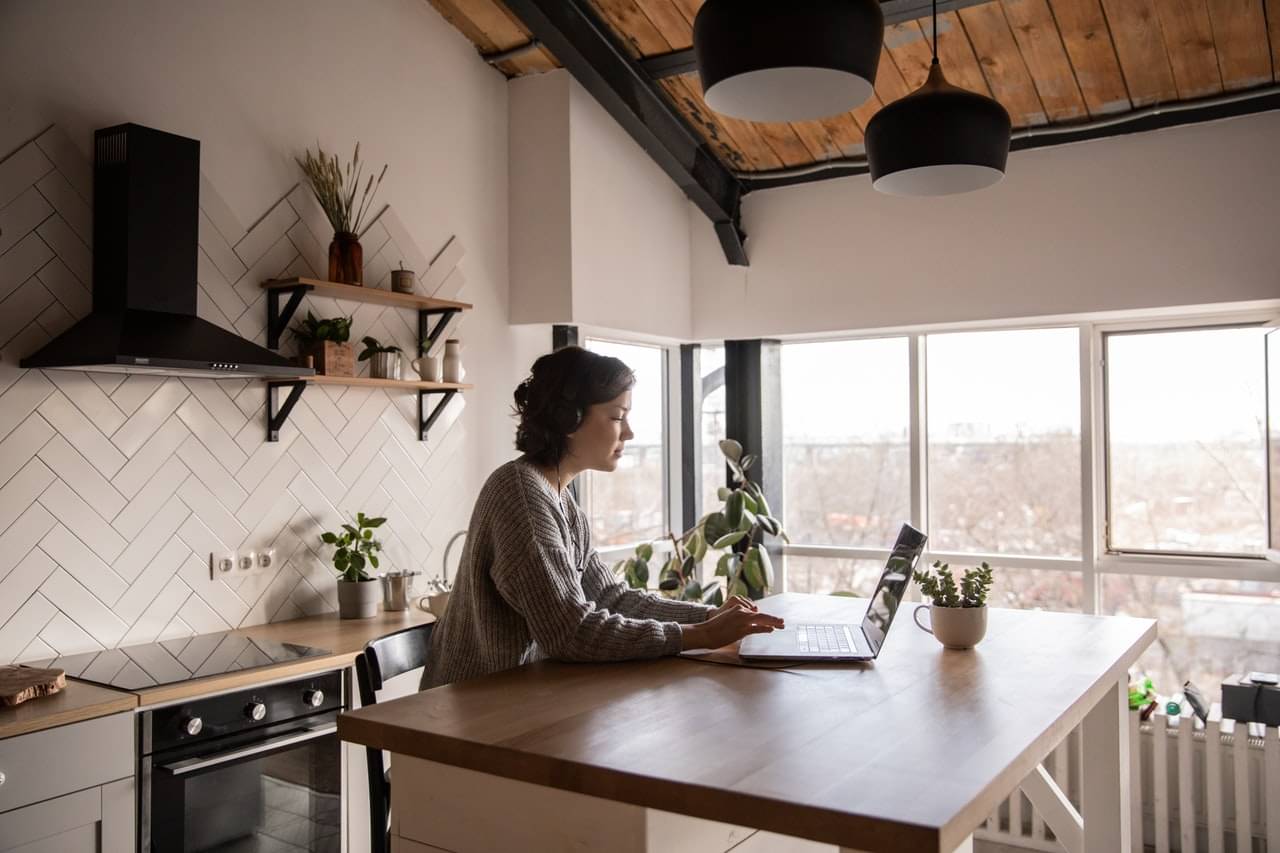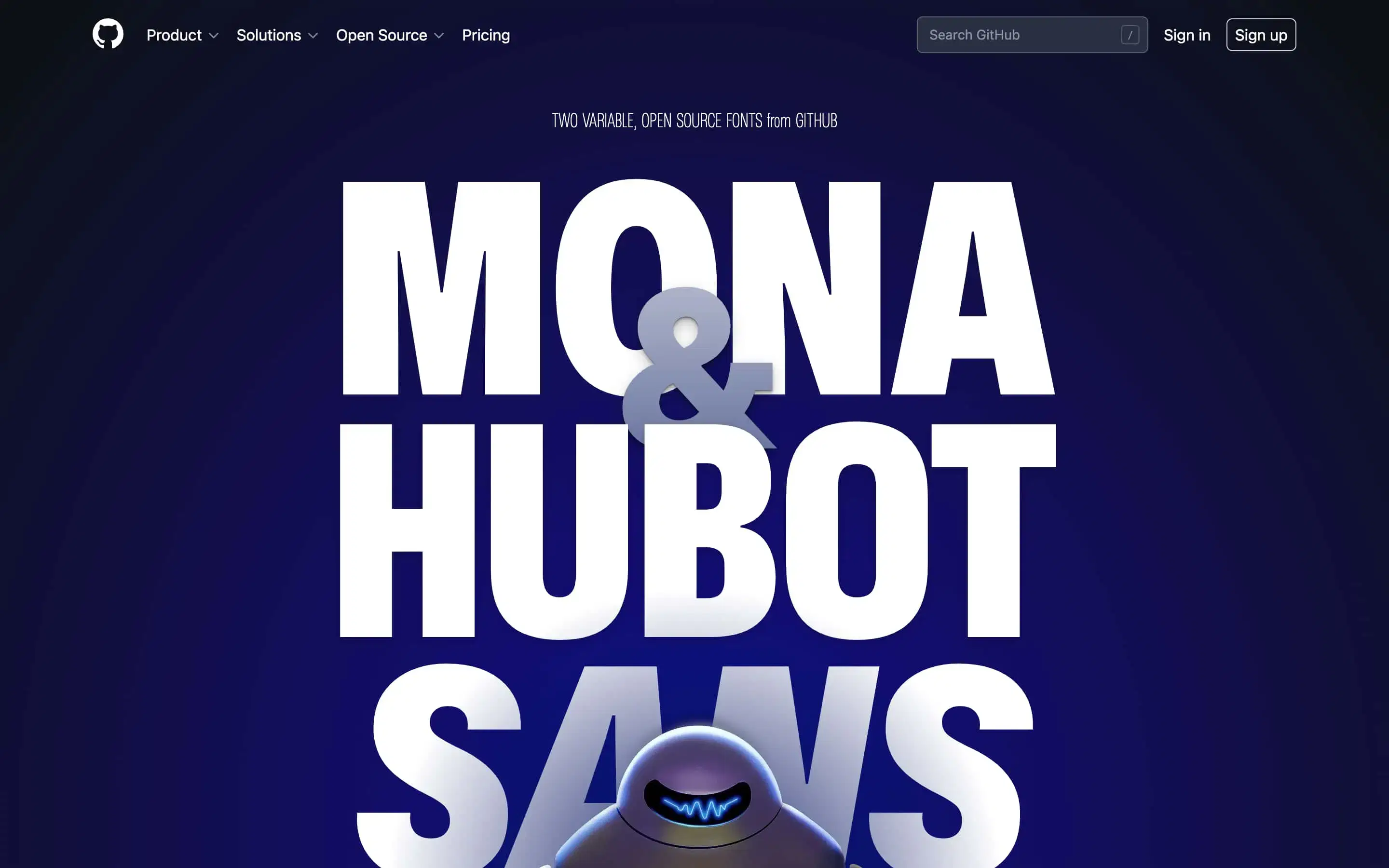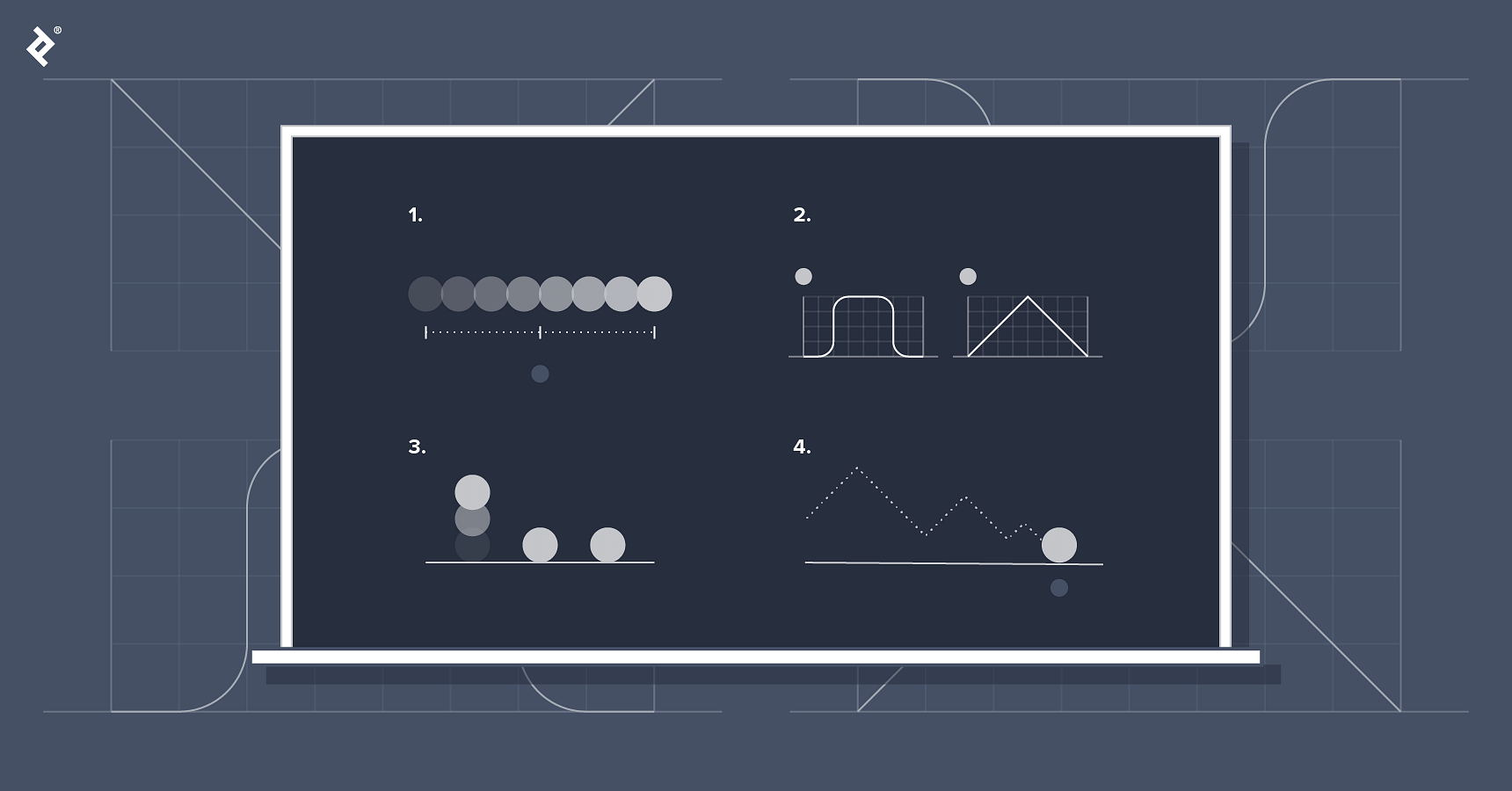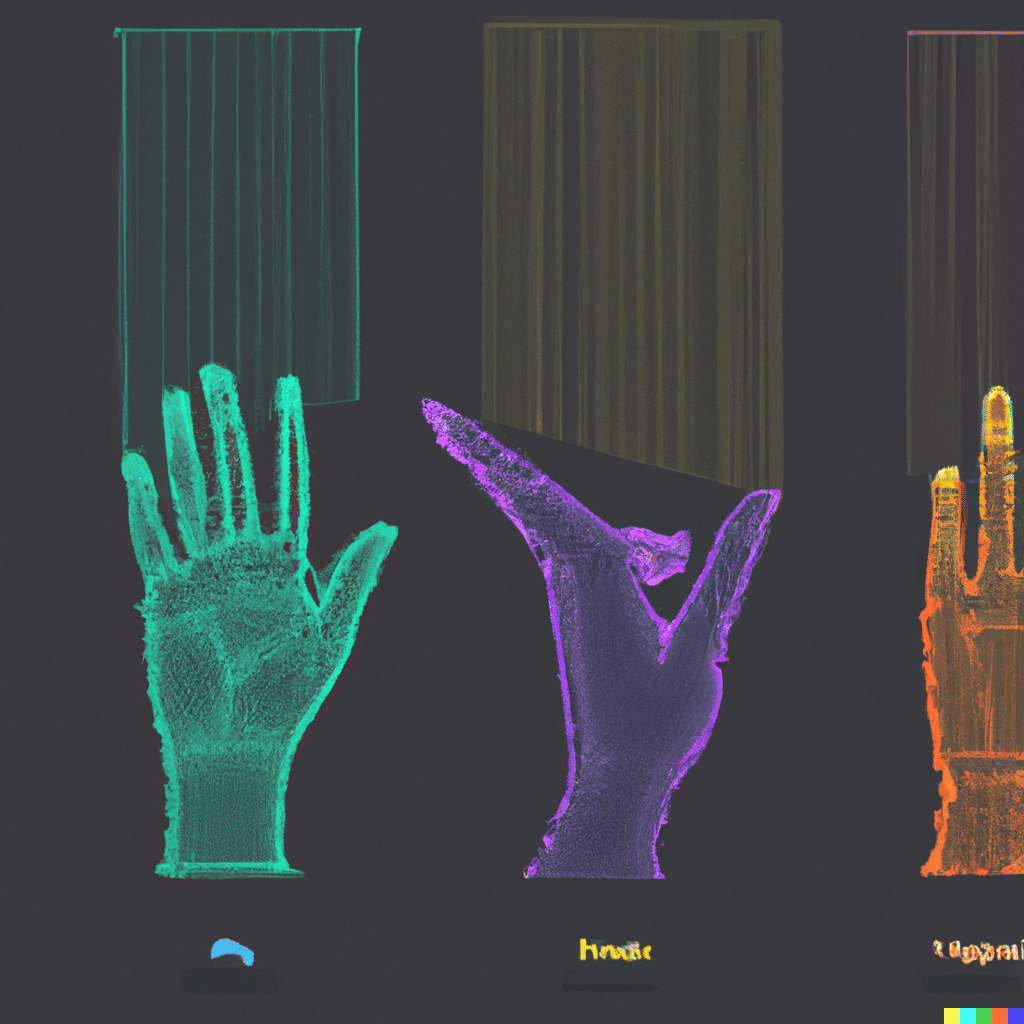WordPress is the most popular CMS in the world and the successful online functioning and traffic volume depends on the reaction of the user who has visited your WP site. User experience is the cumulative user reaction to the interaction with your website’s page. These are the thoughts, impressions, feelings, and reactions of the visitor.
Improving UX Metrics
Improving user experience metrics is a fundamental and decisive factor in fighting the competition. This is especially relevant for websites that sell services online. Equal prices, quality of service, the same assortment cause difficulties for potential clients when choosing a particular trading platform. In such a situation, their decision depends on the UX indicators.
The huge volumes of attracted traffic will not affect the increase in the company’s profits if visitors immediately leave the resource without reaching the desired goal, without receiving the necessary information and satisfaction from the visit. Thus, your main task is to make your website convert.
A large number of visitors to a web page who leave the resource within a few seconds indicates a poor design, irrelevant content, overload with unnecessary elements/buttons, etc. With the unique tips that we’ve prepared for you, you can improve the UX design of your WP site. Let’s start!
#1 Increase the Site’s Speed
If the WP page loads slowly, not every user will have the patience to wait for the result. No matter how interesting the project is, many visitors will prefer to look for the information they need on another site. Usually, the speed is low due to a large number of “heavy” elements – images, video files, flash technologies involved. To reduce the time it takes to load the page, it is recommended to use a lightweight WP theme, reduce image sizes, clean the WP database, use only the necessary plugins, etc. You can test the page loading speed using a free Google service.
#2 Coordinate Internal Linking

A well-thought-out structure of internal links stabilizes the work of the resource and helps to reduce the number of bounces. The process of moving between subsections is simplified, which will not go unnoticed by a grateful visitor.
Choose the correct anchor text that leads to relevant content. In the middle of the post, it is advisable to place links with the anchor “recommended”, “good to know” or “read also”. At the end of the post, it is advisable to post links to content on similar topics. This will help the visitor to find additional information without extra time and effort. Special plugins perfectly cope with the task of showing fragments of similar posts.
#3 Simplify Navigation
Users like websites where they can quickly find the information they need, read interesting facts, place orders easily, etc. Positive emotions, a justified purpose of the visit, as well as the achieved result, have a strong effect on the client’s mood, boost user experience indicators, and increase your site’s conversion. To achieve this, you need to:
- provide easy access to the navigation bar
- divide the entire volume of information into categories, highlighting subsections that reflect relevant information
- place buttons for navigating to all subsections
By grouping related links, you can avoid chaos and confusion. Simplicity, speed of transition, and convenience are the main components of success in this matter.
Another useful idea for better navigation is adding a search box. It helps users to quickly find the information they are looking for. Guests who value their time will give preference to a site that provides a similar function. The search bar is best placed in a noticeable place. It is usually located in the upper left/right corner. When developing a site design, it should be remembered that the user intuitively hopes to see the search string in this particular part of the web page.
#4 Utilize Efficient Plugins

Plugins are an important element of your WP site. They extend the capabilities of WordPress allowing you to increase the security of the resource, integrate with social networks, backup data, and much more. However, the secret of fast operation of your site is in choosing the best multifunctional plugin that won’t slow down users but help them reach their goals. For example, if you sell goods or services, you can install plugins that ease the purchase process on your WP site. For service providers, booking plugins can help manage appointments and online payments. If you post new interesting content, provide users with share buttons (there are many plugins for this).
#5 Ensure Mobility
Over 50% of the world’s Internet traffic came from mobile phones in 2019. In order not to lose potential buyers, ensure the convenience of using the site by offering a mobile version for smartphones. Responsive website design means that it will be easily accessible for all screen sizes and orientations. Most of the themes that are available right now are responsive. So, by not giving your visitors the pleasure of seeing your site on their smartphones, you are likely to lose more than just traffic.
Final Word
The simplicity of the WP site pages helps to increase its efficiency and brings good results for your business. If you have made your WP site or part of it too complex, you need to spend time and simplify it. Otherwise, the bounce rate will increase when converting from the SERP or the time spent on the site of the visitor will decrease. Such nuances of user behavior negatively affect SEO.






